I’m standing in the quietest room on earth with Ralf Groene, Microsoft’s head of design, and Hundraj Gopal, the speech/hearing scientist and principal force behind the creation of this chamber. The two seem barely able to contain a giddy palpable excitement as they ready me for an unusual experience of the senses. “Are you ready?” they’ll ask with a magician’s dramatic pause, before closing the enormous padded bank vault-like door and completely enveloping us in a morass of darkness and silence.
The anechoic chamber is located deep inside Microsoft’s Building 87 – or “B87” as it’s commonly referred to on campus – one of 125 buildings that has populated the Microsoft’s 500-acre Redmond, Washington campus. Despite its unassuming exterior (a concrete box exterior imagined as ‘Brutalist lite’), Building 87 is special, with a unique reputation amongst an ocean of other buildings dedicated to more pragmatic endeavors and purposes of operating one of the largest technology companies on earth. The building is observed as an oasis where “the cool stuff happens”.
Within B87 a team of designers led by Groene are given a high ceiling to explore ideas, design prototypes, and investigate properties of materials to a degree only an $825 billion dollar company could permit. The building’s purpose is to operate as a laboratory as a wellspring of primordial ideas about the future, where dreams can coalesce into services and products for Microsoft several years ahead. We’re here to partake in a guided tour within the building’s inner sanctum: the Edison Labs where the Surface in its varying form factors was engineered, the above-mentioned Anechoic Chamber where audio engineers test Cortana, speakers, and microphone sensitivity to nearly imperceptible to levels, and the Human Factors Group lab where biomechanics are captured and monitored to fine tune dimensions for products intended to be held or worn.
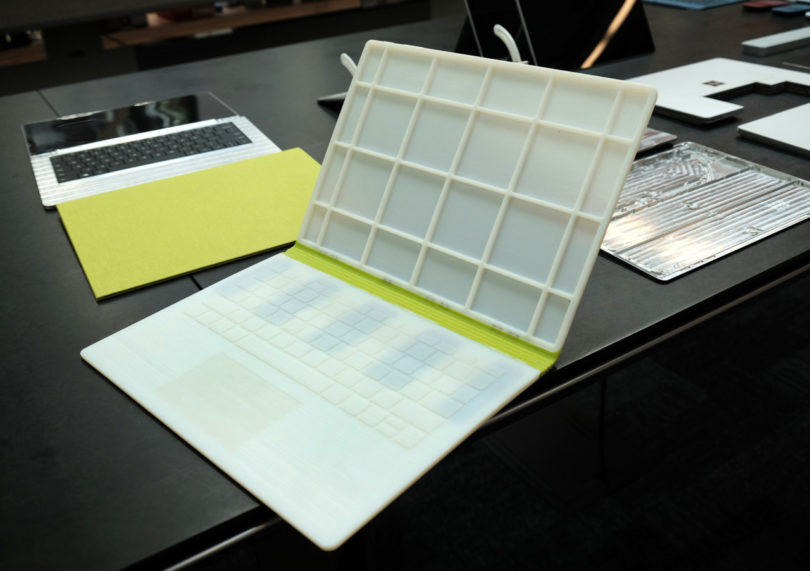
3D-printed prototypes sit alongside early attempts using magnesium that would eventually define the entire Surface line.
Though impressed with the array of technology on display (we admit excitement seeing our first “Lasers In Use” warning sign), it was the collaborative environment amongst not only designers, but their engineer and scientist counterparts, that left an impression throughout the tour – some notably in areas/groups we weren’t necessarily guided to observe. That said we were given a few opportunities to see and demo a few technologies prefacing a wondrous next generation of devices and interfaces that will expand the definition of “user experience” (unfortunately each protected by NDA).
During a meet-and-greet with a group of designers within the Edison Lab, while standing around a large table covered in various early iterations of Surface prototypes, principal designer at Xbox Monique Chatterjee (also designer of our favorite travel mouse) wandered over to join our group. Unknowingly, she had mistaken our small gathering for one of the design critiques that regularly bubble up throughout the day amongst the teams. The perceptible comfort amongst the team to join and chime in reflects Microsoft’s internal recalibration toward technology in service of culture, rather than vice versa.
This is in no small part due to the ebullient and ultimately curious Groene, who seems to operate with a noticeable inkling of reluctance having to wear the cap of a manager (“I’m stuck in a lot of meetings, but at least it’s with other designers”), very much still a designer at heart. His beginnings as a toolmaker in Wolfsburg, Germany for Volkswagen, and later with Frog Design founder, Hartmut Esslinger, all seems apropos in assuming the role as the creative lynchpin to Microsoft’s tactile-focused Surface brand. Groene’s enthusiasm frosts the team with an obsessive commitment in bridging the evolution of the user’s senses with technology.
Whether showing early prototypes of the desktop Surface Studio’s zero gravity hinge or offering us a chance to browse through a collection of Alcantara fabric engineered to repel stains and cover the Surface Laptop, the Signature Type Cover and the Surface Ergonomic Keyboard, Groene underlined the support his team is given to work out mistakes and pitfalls, a sentiment later echoed by Microsoft’s Corporate Vice President Panos Panay while revealing the then yet-to-be announced Surface Go. “I’d rather our designers make those mistakes, learn from them, and move forward rather than be hesitant to take those risks in the first place,” extols Panay.

John Morris, Senior Human Factors Engineer at Microsoft, in front of his scanned likeness inside the Human Factors Engineering Lab, explaining the sub-millimeter precision of the monitoring/scanning technologies used with their lab to create ergonomic solutions for HoloLens, Xbox controllers, and future devices where ergonomics come to play.
Although Building 87 is not open to the public, Microsoft offers a virtual tour showcasing many of the facilities noted above to explore. You’ll only have to imagine Groene’s mischievous grin and the irreproducible depths of silence and darkness inside B87’s world record holding chamber.
from WordPress https://connorrenwickblog.wordpress.com/2018/08/29/behind-the-doors-of-microsofts-building-87/
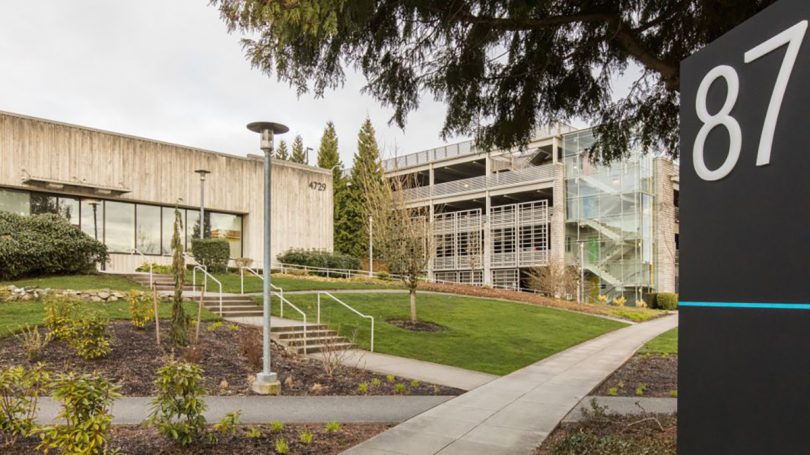



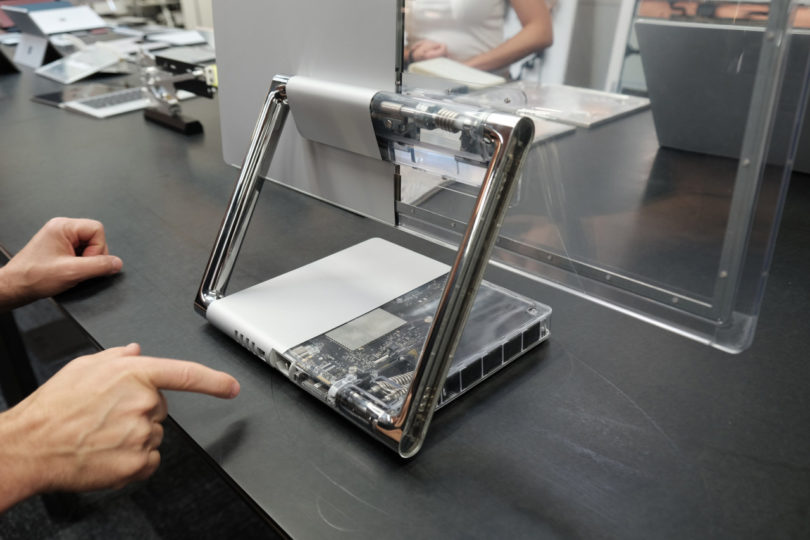

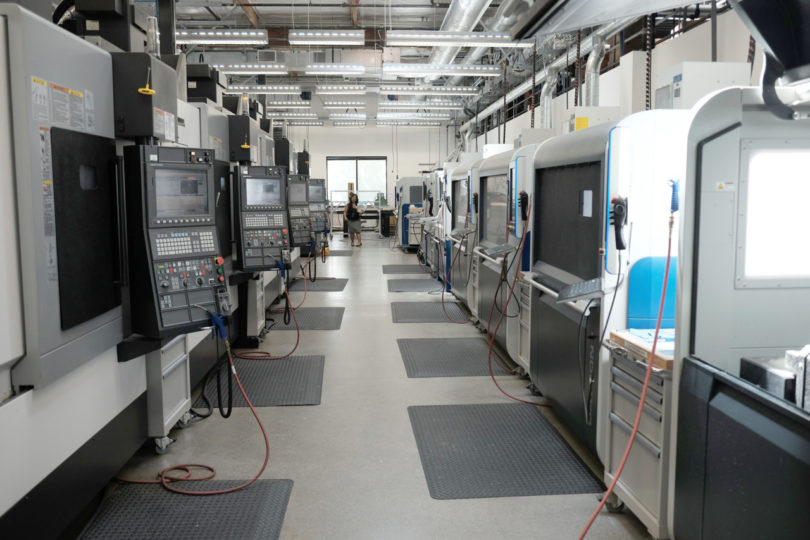

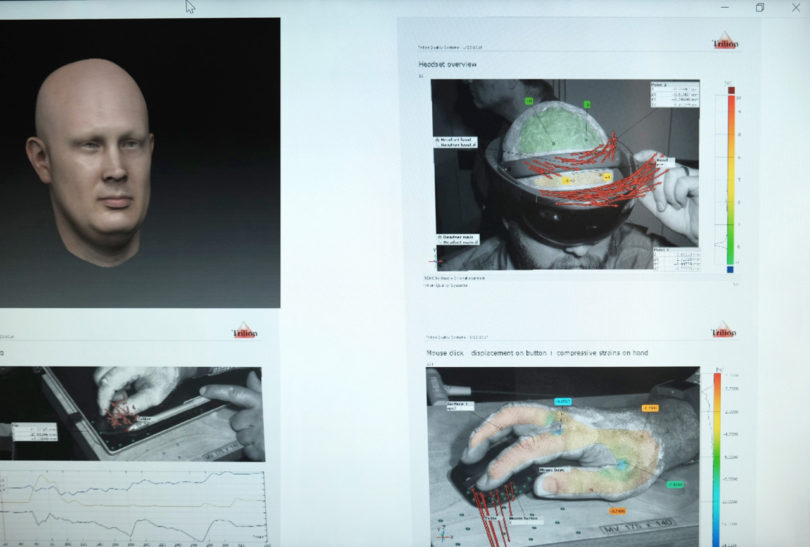
No comments:
Post a Comment